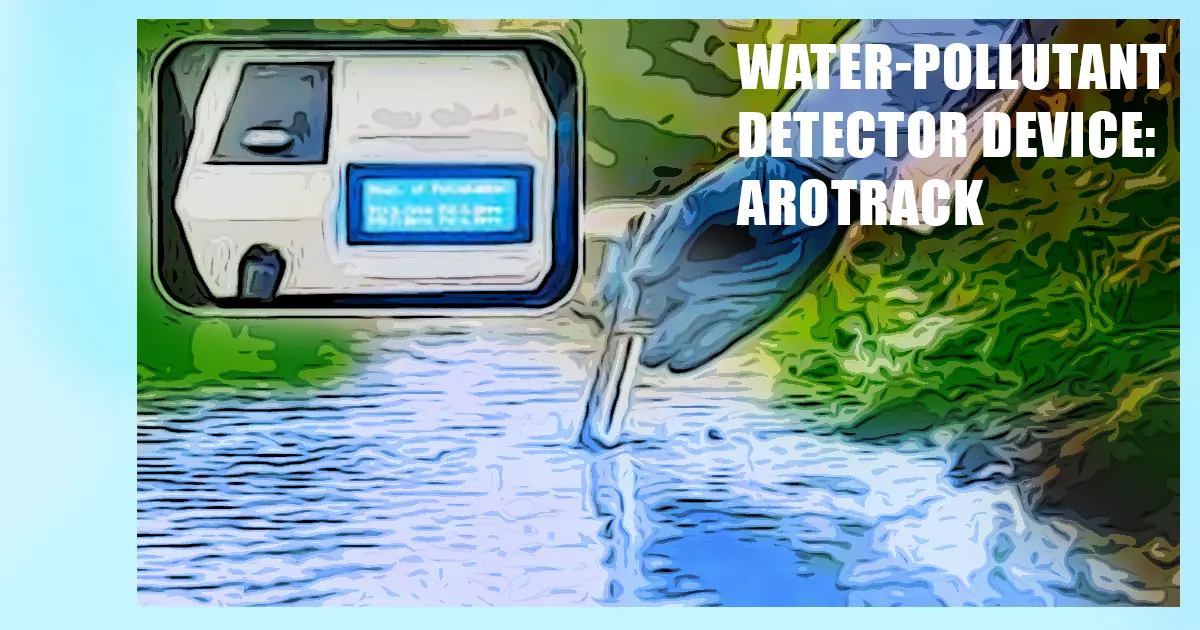
Context: IIT Bombay has introduced AroTrack, an innovative portable device designed to detect harmful aromatic pollutants like phenol, benzene, and xylenols in water, offering a solution to increasing water pollution challenges.
Key Features
- Biosensor Technology:
- Leverages proteins from pollution-adapted bacteria to identify and measure aromatic compounds in water.
- Detection Mechanism:
- The biosensor protein reacts with pollutants through ATP hydrolysis (a process releasing energy by breaking ATP bonds).
- Presence of pollutants triggers a color change that is observable and measurable.
- MopR Biosensing Module:
- Derived from Acinetobacter calcoaceticus, a bacterium known for its ability to detect phenol.
- Modified MopR expands the device’s capability to identify other harmful aromatic compounds like benzene and xylenols.
- Detection Range:
- Detects pollutant concentrations as low as 10–200 parts per billion (ppb), achieving a precision level equivalent to high-end spectrophotometers.
Applications and Importance
- Environment Monitoring:
Enables real-time detection of pollutants in water bodies, critical for preventing ecological damage. - Portable Solution:
Compact and easy to use, making it suitable for field testing without the need for large laboratory equipment. - Industrial Usage:
Assists in monitoring effluents and ensuring compliance with environmental regulations.
Understanding ATP Hydrolysis
- ATP (adenosine triphosphate) hydrolysis involves breaking the high-energy bonds between phosphate groups, releasing energy necessary for biological and chemical reactions.
- In AroTrack, this reaction is linked to the detection of pollutants, making it both innovative and efficient.




